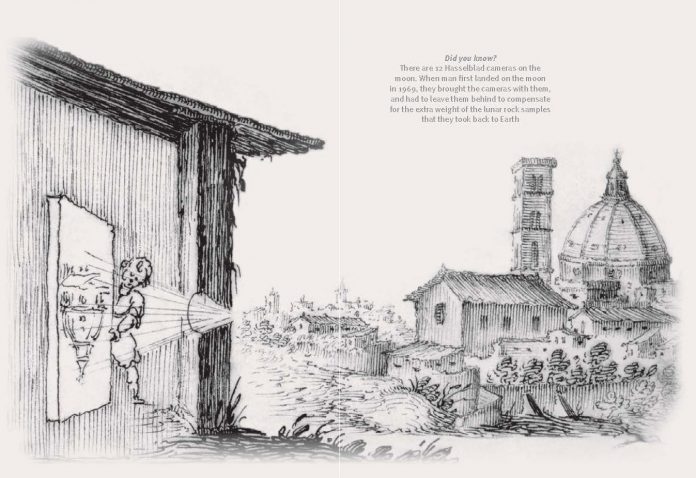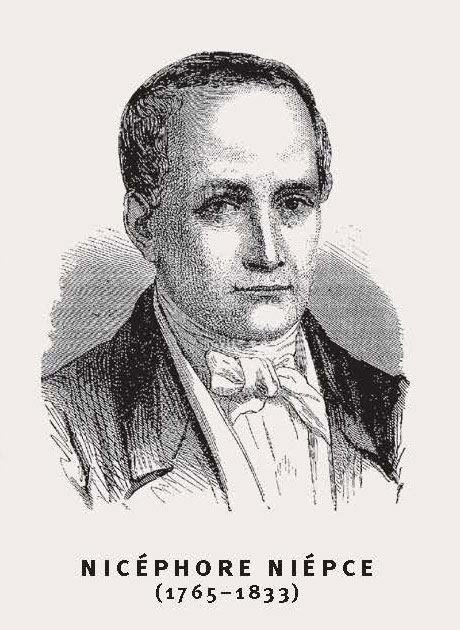
Born in the golden age of Muslim civilisation as Abu Ali al-Hasan ibn al-Hasan ibn al-Haitham – often called Alhazen by Western theorists – in 965 in Basra, Iraq, Ibn Al-Haytham was one of the earliest scientists to study the characteristics of light and the mechanics of vision. During his years in Egypt, he spent 10 years living under house arrest for turning down a project to help build a dam along the Nile. Instead, he proceeded to write one of the most renowned works of his time, the Kitab al-Manazir, translated as the Book of Optics or the Book of Vision.
Ibn Al-Haytham was a pioneer in marrying optics, mathematics and astronomy. He experimented endlessly to advance the knowledge of optics, looking to prove his theory that light travelled in a straight line, which went against the more common theories circulated by classical Greek thinkers. These schools of thought maintained that rays of light were emitted from our eyes, whereas Ibn al-Haytham concluded the reverse, proving that vision is accomplished by rays emerging from external luminous sources and entering the eye.
A Frenchman from Chalons-sur-Saône, Nicéphore Niépce was credited with producing the first photograph. Images were made using light sensitive bitumen of Judea – also called Syrian asphalt – spread out on a pewter plate and submitted to around eight hours exposure.
Lacking drawing skills, Niépce was drawn to lithography, and he and his son embarked on an image-making project together. When his son went to war, he continued the project of producing prints. These early images were called “heliographs”. He went on to develop image fixing using acid baths.In 1822, he produced the first permanent photo image using a camera obscura. After exposing coated pewter plates to the projected image, he used vapours from heated iodine crystals to darken the silver and heighten contrast. The method would inspire Louis Daguerre – known for his invention of the daguerreotype process of photography – to conceptualise the highly successful mercury vapour development process.
Check out the rest of this article in Asian Geographic No.122 Issue 6/2016 here or download a digital copy here








![The Road to Independence: Malaya’s Battle Against Communism [1948-1960]](https://asiangeo.com/wp-content/uploads/2021/07/WhatsApp-Image-2021-07-26-at-11.07.56-AM-218x150.jpeg)



